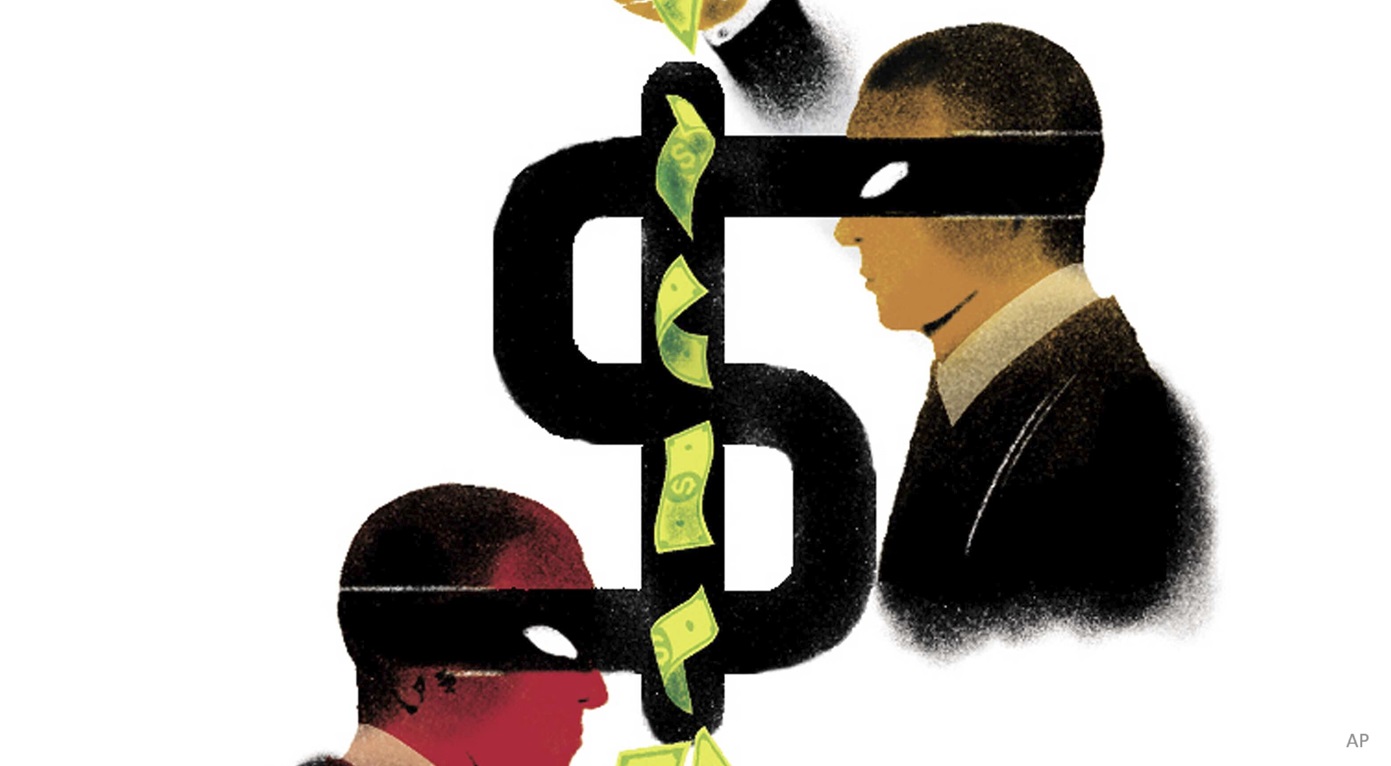Terry Carr, lead manager of Manulife Corporate Bond, says that high-yield bonds still have some modest upside left.
"The credit crisis threw a major scare into the market. There was a fear that these high-yield issuers would not be able to fund themselves," says Carr, senior managing director and head of fixed income, Canada, for Toronto-based Manulife Asset Management Ltd. "But the market overdid its reaction, and that created a tremendous buying opportunity. That has largely played out. Things are back to reasonable valuations."
The spread, or differential, over 10-year U.S. treasuries was recently at about 450 basis points (bps). The previous all-time low was 300 bps. "Is it possible to go tighter? Sure. It happened before, in 2007," says Carr, who oversees a 13-person team that manages about $17 billion in fixed-income assets.
One important gauge for market direction is default rates. "We're at 2% today, or half the normal rate," says Carr, adding that 4% of issuers have defaulted over the long term. "When these default rates get very low, spreads tend to get tighter. We wouldn't be surprised to see default rates fall to around 1%. Spreads could perhaps fall another 50 bps over the next year or so."
Carr's return expectation for the asset class in 2011 is 7% to 8%, which is mostly comprised of the coupon. Manulife Corporate Bond is expected to return slightly less since it invests in a mix of high-yield and investment-grade bonds. Working with portfolio managers Richard Vos and Konstantin Kizunov, Carr periodically adjusts the fund's exposure, based on what he believes will produce the best risk-adjusted returns.
With spreads having narrowed considerably, high-yield bonds account for 56% of the firm's flagship corporate-bond fund. (The managers' self-imposed limit is 66%.) The balance is held in investment-grade securities.
 |
|
 |
|
| Terry Carr | |
 |
|
 |
|
 |
Representative of the fund, which has more than 250 holdings, are investment-grade securities from firms such as GE Capital Canada and Bell Canada. Single weightings are limited to about 3%, although more typically they range from 0.5% to 2%. Turnover has been moderate, at 17.6% for the six months ended June 30.
The fund also holds some less familiar Canadian high-yield names, such as customs broker Livingstone International Inc. "We have some very good companies in Canada and we're starting to see credits introduced into the marketplace that are not in the traditional sectors," says Carr, noting that high-yield issuers have tended to be so-called fallen angels such as forest-product firms.
"The yield on Livingstone, at purchase last year, was very attractive: 10.125%," says Carr. The 2015-dated bond currently yields about 8.7%.
A Toronto native, Carr joined the industry in 1985 after he graduated from York University with an honours bachelor of business administration. His first job was as a commercial lending officer at Continental Bank of Canada.
After nine months, Carr decided to pursue fixed-income management, inspired by an older brother who worked as a bond manager. Carr went to Canada Life and spent two years in the U.S. fixed-income area. "I got a taste for it, by doing a lot of convertibles and corporate debt."
In October 1987, Carr joined Manulife and specialized in high-yield debt. Nine years later, he moved to Royal Bank of Canada and managed its high-yield bond portfolio.
In 1999, he joined Lucerne Partners, a New York-based hedge fund, as an investment strategist. Carr returned to Manulife in 2002 as senior portfolio manager. He was instrumental in launching Manulife Corporate Bond.
Carr has managed Manulife Yield Opportunities since its inception in December 2009, together with Alan Wicks, senior managing director and senior portfolio manager. The fund's objective is to generate a running yield of about 6%, based on a mix of corporate and investment-grade bonds, and dividend-paying common equity.
"We see corporate and high-yield bonds as key components," says Carr, adding that high-yield bonds account for about 47% of the fund and investment-grade bonds 20%. "We see equities as a tactical asset class that performs best earlier in the business cycle. It is higher risk later in the cycle, as interest rates start to rise." There is 32% in stocks.
Manulife Yield Opportunities returned 12.9% for the 12 months ended Feb. 28, compared the 8% median return for the Global Fixed Income Balanced category. Meanwhile, the 4-star Morningstar Corporate Bond fund has been a top-quartile performer over the past three- and five-year periods in the High Yield Fixed Income category.
Looking ahead, Carr admits there are some risks to contend with. "We believe the economy is gradually recovering. The risk is, we are wrong," says Carr. "If that is the case, we would change our asset mix materially."
Although economic growth has been sub-par, Carr admits that interest rates will eventually rise. "But we think it will be gradual."









:quality(80)/cloudfront-us-east-1.images.arcpublishing.com/morningstar/54RIEB5NTVG73FNGCTH6TGQMWU.png)





